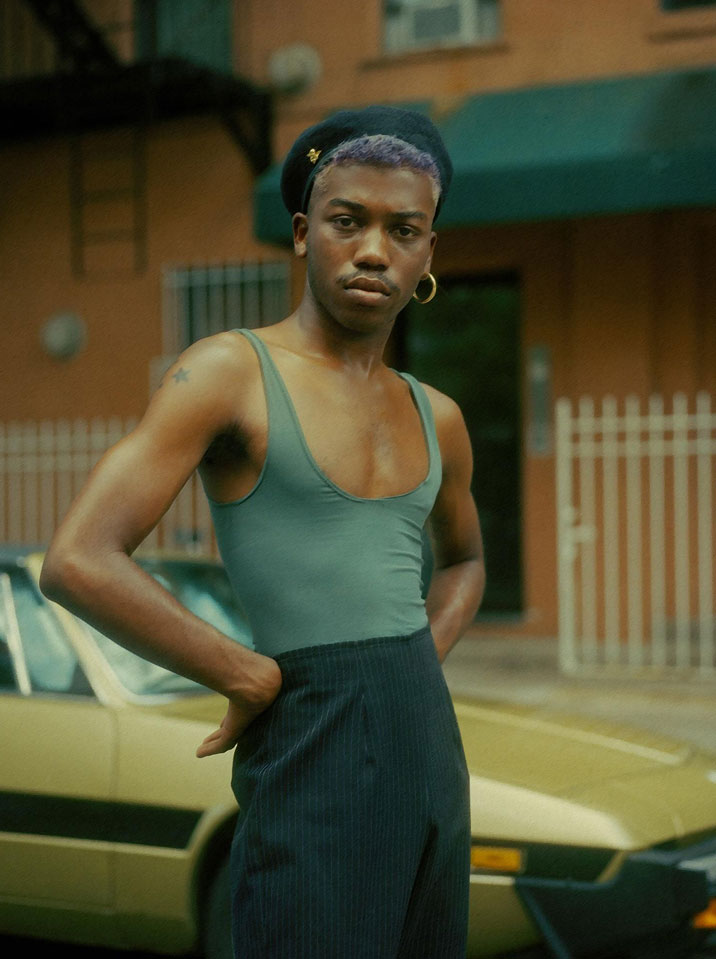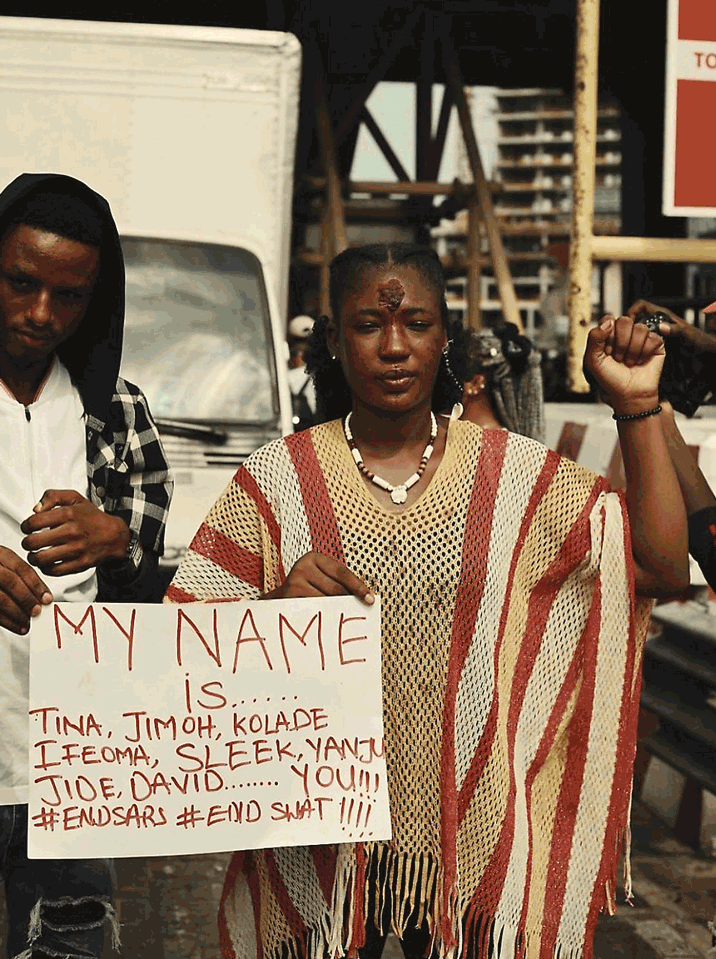
IS NFT THE NEW ACT OF FICTIOUS CAPITAL?
AHMET YILMAZ
Since the subject of cryptocurrencies and digital art is different from traditional methods, it is quite confusing for many people. It is possible to talk about a virtual movement where conspiracy theories are constantly made up…
As the coronavirus pandemic continues to be widespread in a substantial part of the world, with changes in working life and certain flexibilities in education, the reality of virtual commerce is increasingly starting to take center. Cryptocurrencies, better known as Bitcoin, are constantly a trending topic with speculative movements in financial markets and current discussions on social media. The issue of cryptocurrencies had to be associated with the digital art environment in parallel with the priceless values of contemporary art and works of art, and so it was. The NFT issue has became a mainstream topic with works sold at astronomical prices.
Since the subject of cryptocurrencies and digital art is different from traditional methods, it is quite confusing for many people. It is possible to talk about a virtual movement where conspiracy theories are constantly made up. Especially in recent days (other than NFT), the issue of cryptocurrencies is very open to distortion, so it can be frightening to people. NFT (Non Fungible Token) means non-divisible token. It represents a value that can be generated individually in the virtual environment and added to the blockchain without a peer. Unlike other cryptocurrencies, NFT is written in one piece and can be recorded in the blockchain. NFT actually acts as a kind of certificate for the designated work of art, along with the data added to it, and since it can be registered in a virtual environment, it can also be archived. Since copying a visual production in the virtual world is possible with 2-3 clicks, artists ‘ statements can come in at the point of fake productions, they can verify it in a sense by announcing original versions of NFT data from social media or other sources. In other words, there is no content-based relationship between the NFT and the artwork except for the certification process.


The crypto art environment, which came under the spotlight with NFT, also attracts many artists who exhibit and sell their works with traditional methods. Consequently, NFT is turning into focus as a new market for auction houses and those who invest in art. Many famous auction houses seem to have taken their place in a virtual environment. This situation is interpreted as increasing the value of the works in the NFT market. Many young artists, graphic designers and illustrators welcome NFT quite warmly. As one of the possibilities of the digital environment, NFT enables artists to easily reach a global platform beyond physical boundaries. One of the reasons why this purchasing culture created in the virtual environment is welcomed positively is that it offers opportunities to prevent copyright infringement because it can be recorded. Tagging a digital image that can be reproduced in thousands of copies with crypto technology determines the ownership status. As it is, it is bought as a kind of investment so that it can be resold. Although it bears similarities to the art market outside of digital, it is very likely that it will turn into a rules mechanism that can create its own framework.
Until now, NFT-related topics have been spoken in parallel with works that find buyers for astronomical numbers, overshadowing the content of the artworks to some extent. It can be envisaged that this will be overcome as the NFT system becomes established. Of course, it is also curious whether regulations on cryptocurrencies will affect the NFT market, as states’ tax practices on cryptocurrencies vary. The collage of Mike Winkelmann, with Beeple pseudonym, Everydays: The First 5000 Days, which has been on the agenda in a way that has shaken the art scene in the past months, has become one of the most talked about works. This collage, which was sold for 69 million dollars, is a project that Mike Winkelmann has been conducting for 14 years. The artist, who publishes one digital work every day, sold the first 5000 days’ collage at a record price. It is an undeniable fact that the popularity of his work with more than 2 million followers has an impact on the price of his work. “I think technology and this concept that proves ownership of something is so inevitable that I think there is too much exaggeration right now, I think this is one of the things we will overcome in time,” Winkelmann said of whether the NFT can be permanent.


The sale of works of art at exorbitant prices, whether they deserve these values and, at times, what is and is not art, was also an ongoing topic before the NFT. Like money laundering, a number of dirty tricks of the financial system have always existed as speculation in the contemporary art environment. Now, the thesis that cryptocurrencies can be converted into real currencies through digital businesses that find buyers for astronomical values is a current argument. Claims that the NFT is the new trick of fictitious capital are circulating. However, artworks with exorbitant prices were a matter of discussion before the NFT.
The manipulation of certain power focuses such as art critics, academies and museums in determining the prices of contemporary art works is no longer aggressive, but a common criticism. It may be too early to talk about what the new balance will look like with the NFT. For some, this system is seen as the technology of the future, and for some it is likely to be a balloon that will explode over time. The maturation of this new process, in which speculation stands as an obstacle to artistic content, seems essential to understand the value NFT will add to digital arts.
![]()





